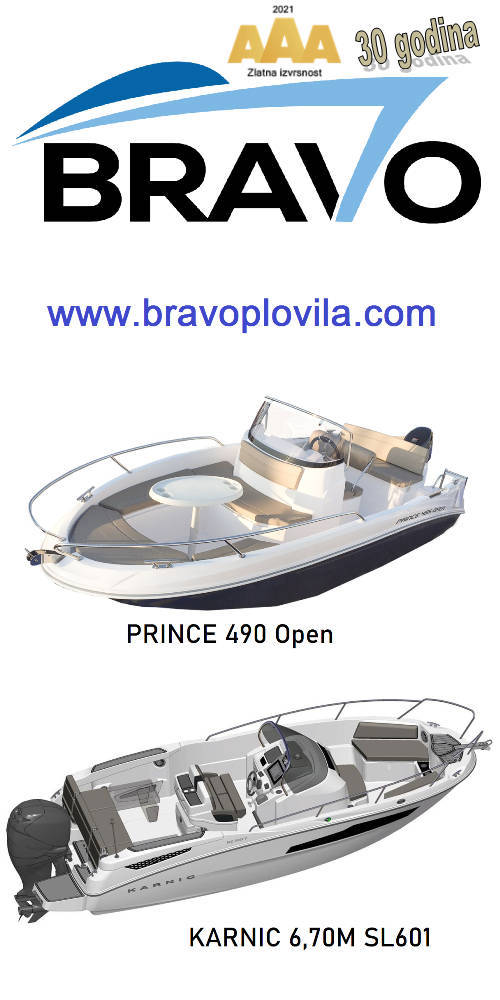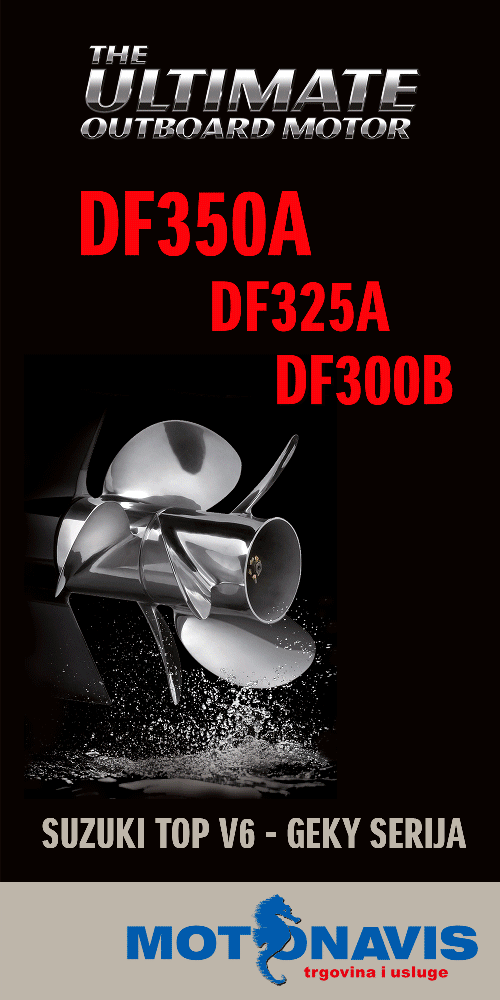With people, middle age begins at around 40. With boats, it's about the 10-year mark. And for both, it signals a time when age begins to show. But that doesn't mean life is slowing down - only that more effort is needed to stay in shape. With decade-old boats, that means taking a hard look at things that haven't been checked out over the years. BoatUS has these nine "middle age" maintenance tips on boats:
Bilge pumps: Like a Louisiana oil field roughneck, a ten-year old bilge pump has likely lead a tough life. Switches are often the first to go, so make sure yours works fine by pouring water in the bilge to activate the pump, making sure nothing interferes with the switch. Take a close look at wire connections as they often are near or in standing water at the bottom of the boat.
Gas hose: When it was new, the fuel hose did a great job of delivering gas to the engine. Over time, however, gas can permeate the hose wall causing damage. Take a rag around the hose, wipe it down and then smell the rag. If you smell gas, replace hose immediately. If you do have to replace, always install new hose clamps, too.
Steering and control cable: Like an arthritic knee, bend the cable in your hands and listen for "crunching," a telltale sign that all is not well. Swelling and rust are also bad signs and indicate it's time to replace.
Caulked fittings: The boatyard rule of thumb is that after 10 years, the bedding compound owes you nothing. Begin a schedule to periodically remove and rebed fittings, doing a few each year so the job isn't overwhelming. This will keep the leaks out that could lead to more expensive repairs.
Prop: Eventually all props get dinged, and you may not see the damage clearly with your eye. If it's never been to a shop, now is a good time to take it to a prop shop for reconditioning, and you'll also likely save some money on fuel with a tuned prop.
Other drive gear: If you have an inboard, the cutlass bearing might be due for replacement, especially if there's more than just a smidgen of play in the drive shaft. It's also time to take a hard look at the stuffing box. If you've had to re-tighten the stuffing box nut often, it's time to replace the packing.
Exhaust manifolds: If you boat in salt or brackish waters and you still have the original manifolds, thank your lucky stars they haven't failed yet. Now is the time to do some proactive maintenance to replace them. "Leaking manifolds can destroy an engine," said BoatUS Seaworthy Magazine Associate Editor Chuck Fort.
Seacocks/Through Hulls: If it's been years since one has been fully opened and closed, it could be frozen, and that's useless. Make it a point to work seacocks a few times each season and while you're there, check the hose clamps.
Standing rigging: When was the last time you had a close look at all of the fittings and mast attachments (even the ones up high)? Ten years is a long time for rigging on boats that are raced, but even those used for day sails can suffer from the cyclical loads that cause stress cracks, and saltwater can cause corrosion in swaged fittings not easily seen by the naked eye.
BoatUS pressroom






















